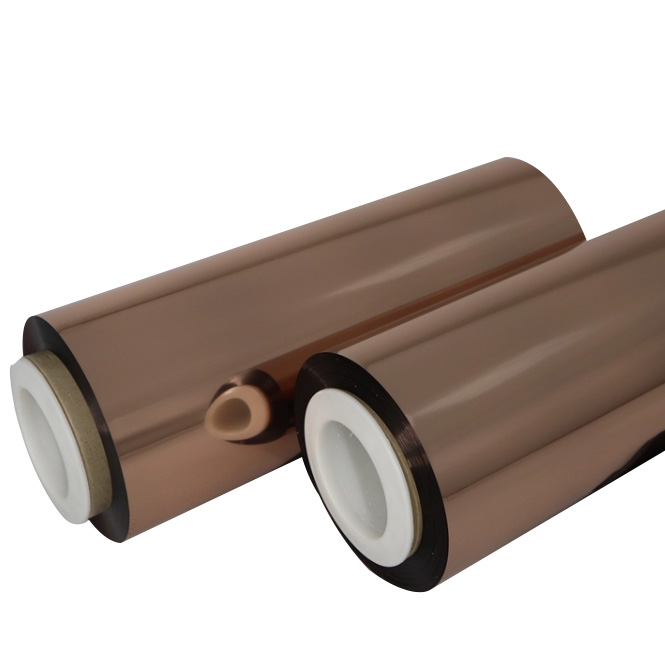Unveiling the Brilliance of Copper Metallized Film: Shaping the Future of Packaging and Beyond
In the realm of modern materials science and packaging innovation, one material has been steadily gaining prominence for its unique properties and versatile applications – Copper Metallized Film. This remarkable material has found its way into various industries, revolutionizing packaging, electronics, and more. In this blog, we’ll delve into the fascinating world of Copper Metallized Film, exploring its characteristics, applications, and the transformative impact it’s making across sectors.
1. The Copper Metallized Film Unveiled: A Brief Overview
Copper metallized film is a specialized material where a thin layer of copper is deposited onto a polymer substrate, typically using techniques like vacuum deposition or sputtering. This process imparts the film with the aesthetic appeal and functionality of copper, combining the best of both worlds – the durability and flexibility of plastic with the visually striking look of copper.
2. The Advantages that Shine: Key Characteristics of Copper Metallized Film
- Visual Appeal: The reflective and metallic appearance of copper metallized film adds a touch of sophistication to products and packaging, making them stand out on the shelves and captivate consumers’ attention.
- Barrier Properties: The polymer substrate, combined with the copper layer, offers enhanced barrier properties, safeguarding contents from moisture, oxygen, and other environmental factors. This makes it an excellent choice for packaging perishable goods, electronics, and sensitive materials.
- Lightweight and Flexible: Unlike solid copper materials, copper metallized film retains the lightweight and flexible nature of polymer substrates. This opens up opportunities for applications in areas where weight and flexibility are crucial factors.
- Customizability: Copper metallized films can be customized with various thicknesses of copper layers, allowing manufacturers to achieve specific visual effects and desired levels of conductivity.
3. Applications Galore: Where Copper Metallized Film Shines
- Packaging Innovations: The packaging industry has embraced copper metallized film for its ability to transform ordinary packaging into eye-catching, premium-looking products. From food packaging to luxury goods, this material enhances brand visibility and consumer perception.
- Electronics: Copper metallized film plays a significant role in the electronics sector. It is used in printed circuit boards (PCBs) as a conductive layer and in flexible circuits due to its combination of electrical conductivity and flexibility.
- Decorative Items: The metallic finish of copper metallized film lends itself well to decorative applications. It’s used in items such as gift wrap, ribbons, labels, and even craft projects, adding a touch of elegance to various creations.
- Solar Industry: In solar panels, copper metallized film can serve as a conductive layer to help transfer the electrical charge generated by the photovoltaic cells, contributing to the overall efficiency of solar energy systems.
4. Environmental Considerations: Sustainability and Recycling
As the world increasingly focuses on sustainable solutions, it’s important to consider the environmental impact of materials. Copper metallized film, though visually similar to solid copper, uses a thin layer of copper, making it significantly lighter and potentially more eco-friendly. Additionally, efforts are being made to develop recycling methods for these films, contributing to the reduction of waste in various industries.
5. Looking Ahead: Future Innovations and Trends
The journey of copper metallized film doesn’t end here. As research and technology continue to evolve, we can anticipate advancements in manufacturing techniques, barrier properties, and conductivity. The integration of copper metallized films into emerging technologies, such as flexible electronics and smart packaging, holds exciting potential for reshaping industries and consumer experiences.
